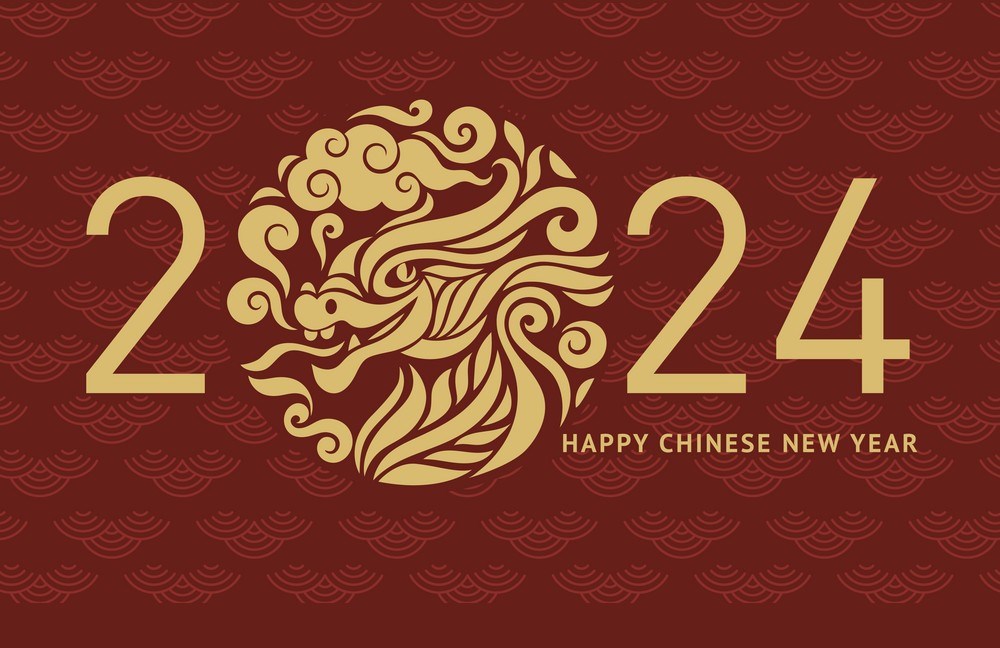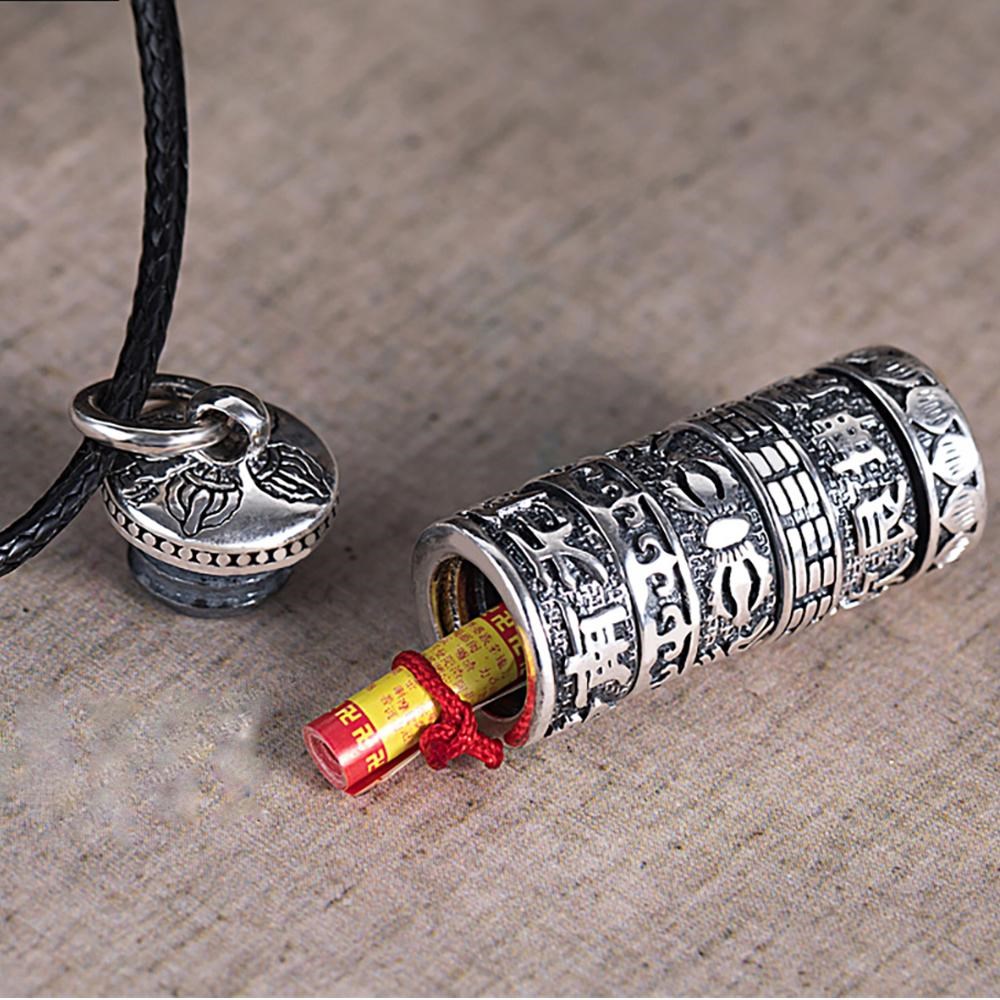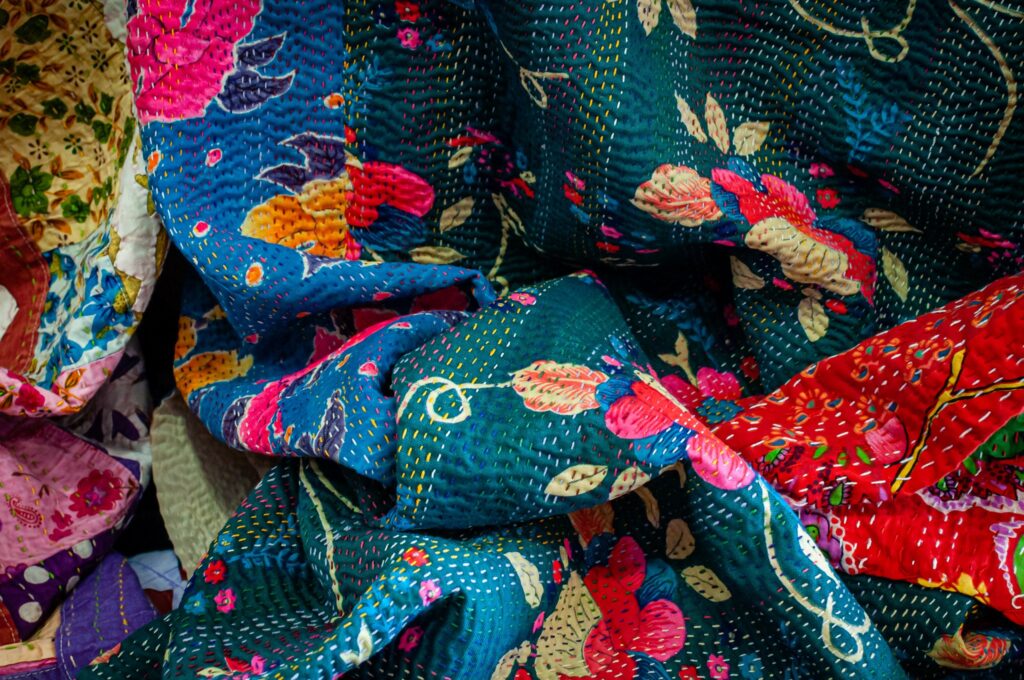
Chichen Itzá: The secret of the Mayas
Chichen Itzá: the symbol of a Civilization
In Yucatec (the Mayan language), Chichén Itzá means «mouth of the well of the itza», making a reference to the Sacred Cenote, the big natural well that the inhabitant of the region considered as the door to the Underworld, where the most important deities lived, as, for example, the Rain.
Its name comes from the Mayan words chi ‘mouth’, che’en ‘well’, itz’ wizard’ y há ‘water’. Once these words are read together it reads ” the mouth of the well of the water wizards” or ” on the edge of the well of the water wizards”.
It might also come from the huasteco ch’iich’en ‘in the shape of the sacred bird”, or again from the huasteco itzam ‘feathered snake’.
Discover all the secrets of the Southamerican symbols in our South America Collection











Leave a Reply